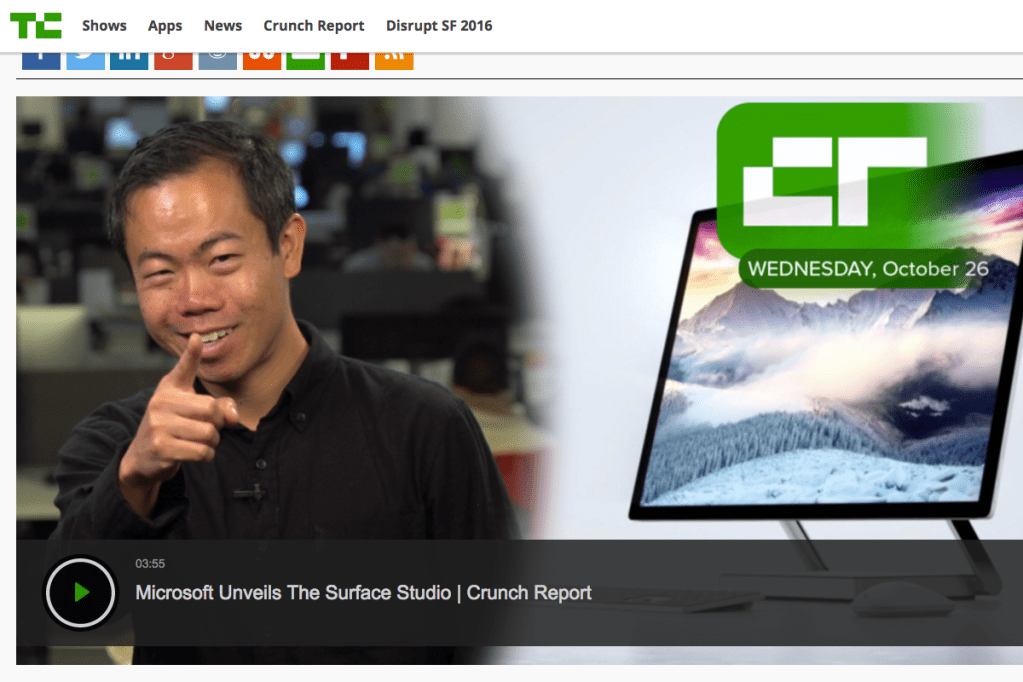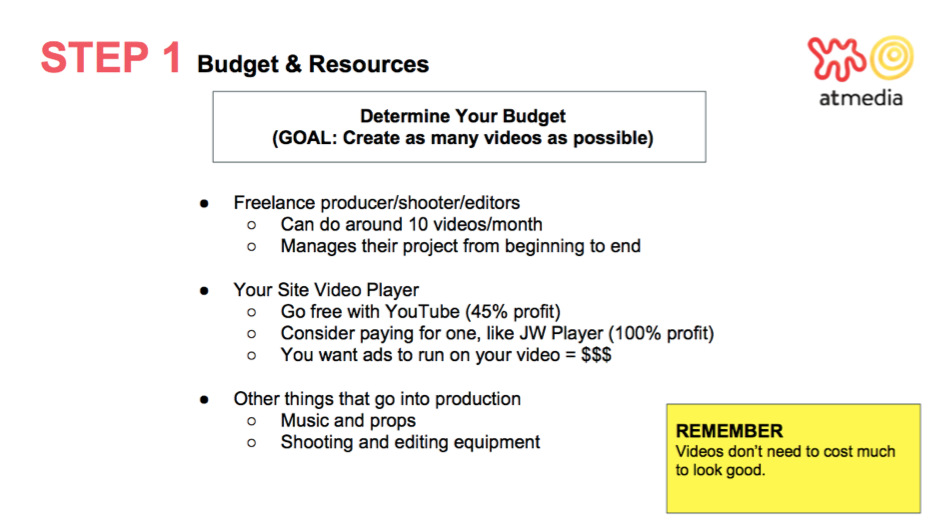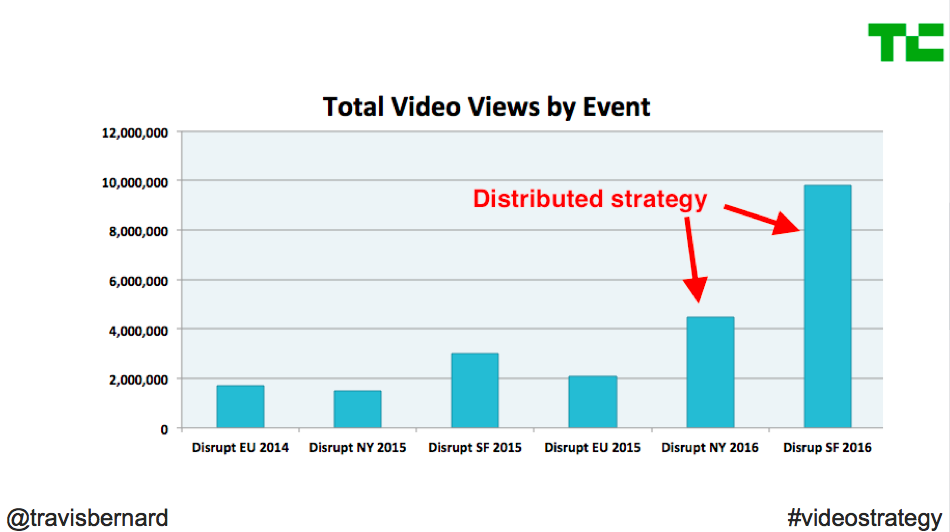Three Things to Consider When Planning Your Video Strategy

Have you checked Snapchat today? Did you get sucked into one of those Tasty food prep videos on Facebook yet? You know your audience has, and that means you have to think about your own video strategy.
In a recent Parse.ly webinar, Sachin Kamdar, CEO of Parse.ly, was joined by video experts Travis Bernard, Director of Audience Development at TechCrunch, and Annie Lennon Carroll, General Manager, Video at Apartment Therapy Media (AT Media). The group talked about what we know and what we don’t know when it comes to video strategies.
We know that video is taking over. Video has dominated the media conversation over the last year, and the stats are there to back it up.

“Live videos get 10 times the comments as other types of videos on Facebook.” – Fidji Simo, Director of Product, Facebook
But there’s a lot we don’t know still. To figure out how publishers can respond to the audience demand when it comes to this medium, our speakers recommended media companies focus on three things.
1. Budget and Resources for Video Strategy
The first step in creating a video unit at your organization, according to Annie Lennon Carroll of AT Media, is to determine your budget. Can you produce your videos in-house using an iPhone? Or do you have the resources to staff a production studio? If you can’t devote a single person’s time or a team’s time to video, do you have the budget to hire a freelancer?

2. Video Distribution
TechCrunch is a video heavy organization, and they’ve learned that a distributed video strategy works really, really well.
“We switched to a partially distributed strategy for Disrupt NY and we more than doubled our year-over-year numbers. We went full distributed (more platforms) for Disrupt SF and blew it out of the water.” – Travis Bernard, Director of Audience Development, TechCrunch
This year, TechCrunch went full-force on distributed video, and you can see in the graph below just how well that went for their Disrupt events in 2016 versus previous years:

When developing a distributed video strategy, be mindful of the platform you’re creating for. Bernard recommended considering:
- What size or shapes do different distributed platforms require videos to be? (90% of the most shared Facebook videos in September 2016 were square in format)
- Is there an ideal video length for each platform?
- Will you need captions? (85% of Facebook video is watched without sound)
3. Defining and Measuring the Success of Video
“Currently we define success as someone watching a video, but the reality is that it’s a pretty bad metric. We need to do better.” Travis Bernard, Director of Audience Development, TechCrunch
With so many platforms to distribute video, how do we define success?
Like with any other content on your site, the speakers said it’s essential to use analytics to determine what works and what doesn’t. TechCrunch and Apartment Therapy made these points:
- Don’t get caught up in the video views; what counts for a “view” varies from platform to platform.
- Think about success of a video in terms of engagement. Did the viewer click to watch it? Did they complete it?
